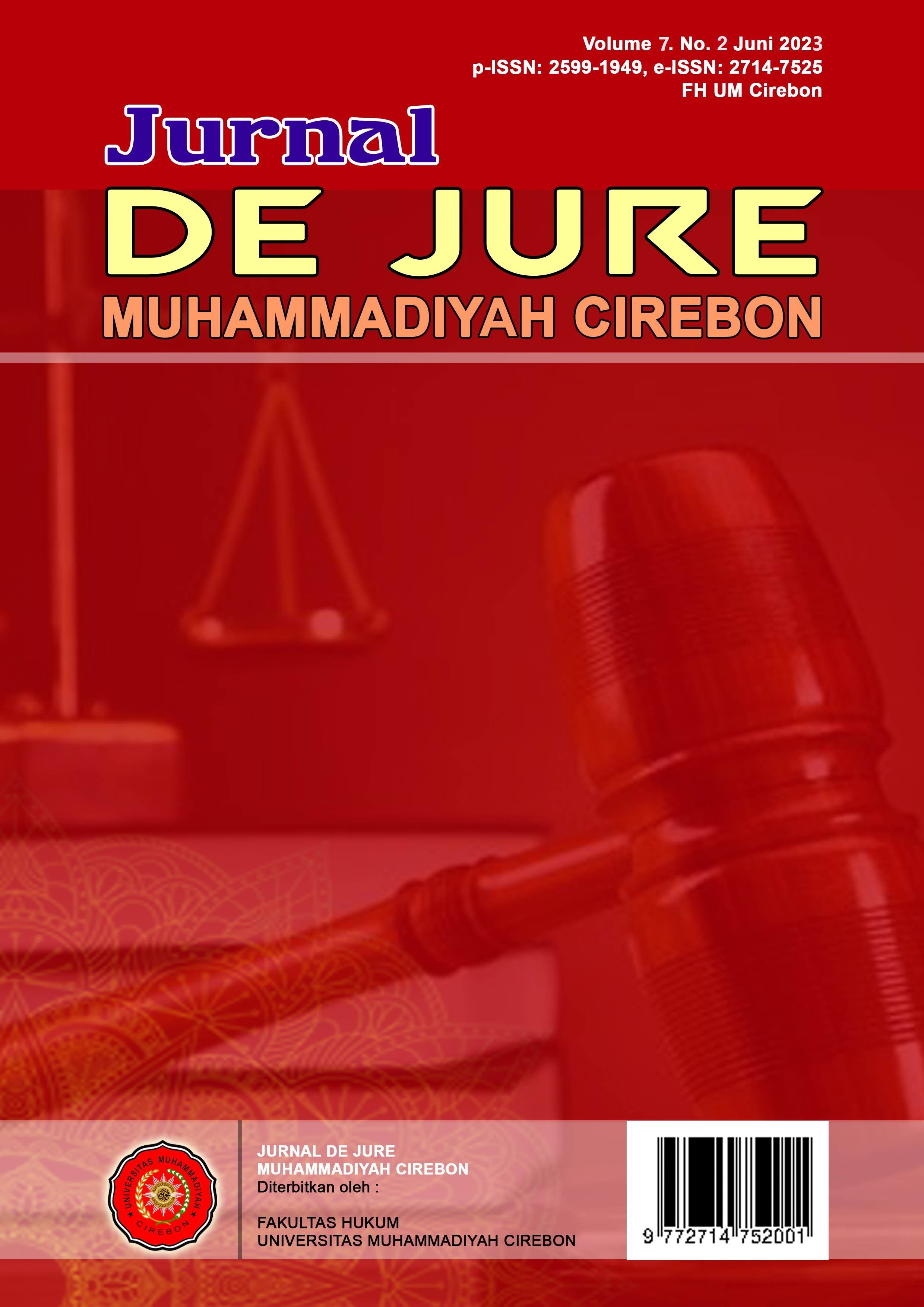KEBIJAKAN PENGGUNAAN GAS AIR MATA DALAM PERSPEKTIF HAK ASASI MANUSIA
DOI:
https://doi.org/10.32534/djmc.v7i2.5348Abstract
The use of tear gas must be used in accordance with the rules that apply in Indonesia. If you do not follow the rules, violations will occur, such as the Kanjuruhan case, resulting in human rights violations committed by police officers, human rights which are regulated in Law No. . 39 of 1999. The aim of this research is to determine the use of tear gas by the police from a human rights perspective and the legal basis for the use of tear gas, as well as the form of supervision carried out. This research uses normative juridical which is used to analyze and interpret the laws and regulations that apply in a particular context, and uses a statutory approach. From the results of this research, police officers are prohibited from using tear gas when providing security as regulated in National Police Chief Regulation No. 10 of 2022 in article 31 In contingency situations there is an increase in the situation which changes very quickly into an emergency and requires anticipation/quick or extraordinary action, then riot action is taken, except for contingencies that occur in zone I and zone II (ringroad area) The perimeter of the stadium is limited by a minimum fence with a height of 2.5 meters and it is prohibited to fire tear gas, smoke grenades and firearms.
Keywords: Human Rights People, Policy, Tear Gas.





